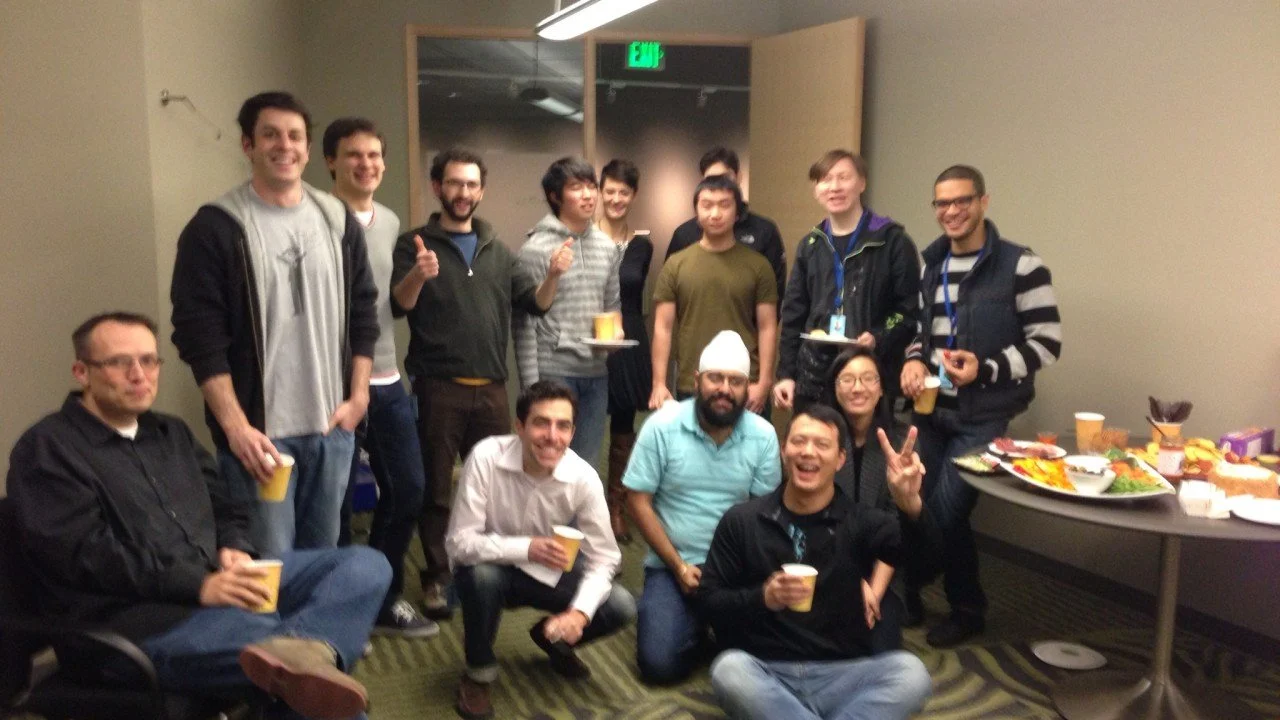What Can the Department of Defense Learn from Amazon’s “Working Backwards” Innovation Method?
Having served as a CXO at the DoD and previously worked on Amazon’s Kindle Content Design team, I’ve seen how both government and industry can drive high-impact innovation— when they start with a deep understanding of the people they serve.
The secret isn’t more funding, better tools, or the latest tech trend. It’s a discipline called Working Backwards—and it’s something the Department of Defense can use to significantly improve the outcomes of its procurement and modernization efforts.
Where Most Innovation Efforts Go Wrong
In the DoD, procurement often starts with a capability gap, followed by requirements generation, budget alignment through the Planning, Programming, Budgeting, and Execution (PPBE) process, and eventually an acquisition strategy. By the time a contract is awarded, years may have passed—and user needs have often shifted.
Meanwhile, solutions are scoped based on available platforms, internal priorities, or what industry is already offering—not what end users actually need most. Working Backwards flips this process on its head. It starts not with capabilities or requirements—but with a vivid, shared understanding of the customer problem.
How “Working Backwards” Fits Into the DoD Lifecycle
Here’s how this method could work before key milestones like JCIDS gate reviews, RFI/RFP development, or major acquisition program launches.
Step 1: Write the Press Release (Pre-JCIDS or Concept Development Phase)
Before drafting a Capability Development Document (CDD) or defining key performance parameters, the team writes a short, plain-language press release.
It must clearly explain:
The mission problem (e.g., “Forward-deployed teams can’t get real-time logistics updates in contested environments.”)
Why current solutions are insufficient
What the ideal end-user experience looks like if the problem is solved
And, if desired, a fancy fictitious quote from a stakeholder or customer
This becomes the north star for everyone—requirements writers, contracting officers, industry partners, and program managers.
If you can’t clearly tell a compelling story before writing a single requirement, you’re likely solving the wrong problem.
Step 2: Draft the FAQs (Early Market Research / RFI Stage)
This document outlines:
Likely questions from users, leadership, and industry
Anticipated technical, legal, and policy constraints
Resourcing, deployment, and sustainment challenges
Total Addressable Market (TAM) - but in the DoD case, it could be the (Total Addressable Mission)—how big is the impact?
This becomes a powerful input to Requests for Information (RFIs), Industry Days, or Acquisition Strategy Panels. It allows leadership to ask better questions before a path is locked in—and gives industry a clearer picture of what matters most.
Step 3: The Kill Process (Before Milestone A or B)
Here’s where discipline meets leadership.
If the press release is weak, the FAQs reveal major misalignment, or no clear mission impact can be defined—the team stops.
No CDD. No RFP. No pilot.
In Amazon’s world, killing an idea early is a sign of rigor. In the DoD, it should be a sign of stewardship—of taxpayer dollars, operational focus, and the warfighter’s time.
This is the kind of culture shift the DoD needs: not just more innovation, but smarter innovation.
What This Could Look Like in Practice
Let’s say a Program Executive Office (PEO) is exploring a new tactical communications platform:
Write the press release: “Today, squad leaders in austere environments can’t reliably communicate without compromising their position. This new solution gives them encrypted, auto-routing mesh connectivity in under 90 seconds.”
Draft the FAQs: “What’s the cybersecurity posture? How will it integrate with existing kit? How much training is needed? What’s the procurement path—NDAA authority, OTAs, or traditional FAR-based contracts?”
Kill or proceed: If answers aren’t strong enough—or if the user problem isn’t mission-critical—the project gets paused before industry is mobilized.
This approach de-risks procurement, aligns leadership earlier, and ensures operational relevance.
Final Thoughts
The DoD doesn’t lack resources—it lacks early clarity and a permission structure to say no.
By integrating processes like Amazon’s Working Backwards method into the early stages of procurement and acquisition, the Department can:
Align around real mission problems before requirements are set
Improve vendor fit and industry engagement
Kill low-impact ideas before they waste time or funding
Build products and policies that actually improve outcomes for warfighters and civilians
Working Backwards won’t fix every challenge—but it will ensure we’re focused on solving the right ones, the right way. Of course, it’s not the only framework out there. There are other models that emphasize rapid learning, stakeholder alignment, and user-centered design.
What other approaches have you seen that could be successfully applied within the DoD?
Kindle Content Team - Dec 18, 2012


